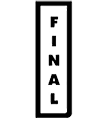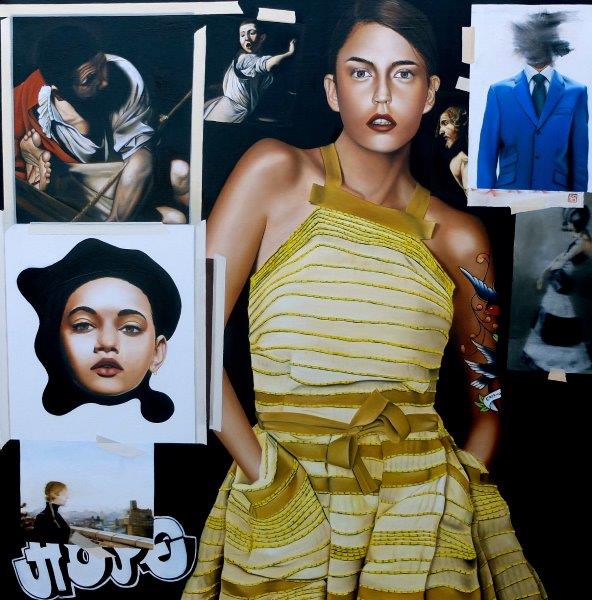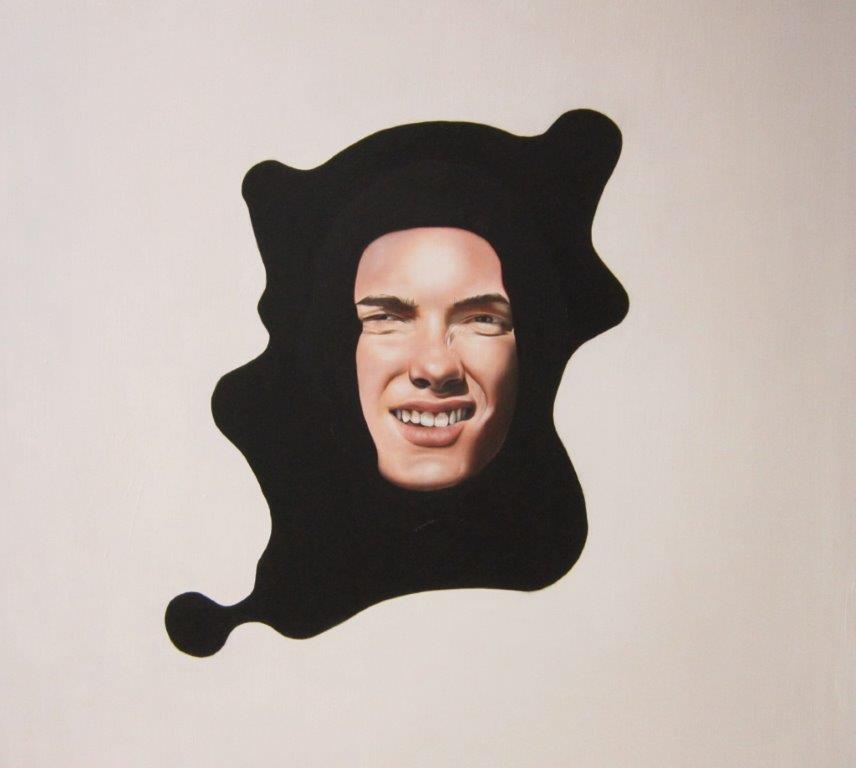Öppet 29/4 – 4/6 alla dagar kl. 10:00 – 18:00, Välkomna!
HENRIK JOHANSSON – From heart to hand to canvas
Henrik Johansson calls his new exhibition “Abo imo pectore” – “With all my heart”. And, sure enough, he paints with his heart. It makes his hand that holds the brushes and his eyes that choose the colors to listen to the thoughts and obey the impulses that do not have their roots in an academy of art, but just in his heart. In the joy of painting. In the joy of being able to paint.
As it is the joy of heart that rules the art of Henrik Johansson it would be easy to believe that he is one of the so called “Sunday painters”, also known as “the Sacred Heart painters”. The nickname “Sunday painters” goes back to the naïve masters from the years around the former turn of the century, self-taught artists who only were free to paint on Sundays. Among them mainly the Parisian Costums officer Henri Rousseau (1844-1902), who also belonged to those who showed the way into surrealism, the multifaceted reality that hides behind the immediately visible world.
But even if the heart also has guided Henrik Johansson to realities that many times seem to be multifaceted och filled with mystery, it would of course be wrong to call him a naïve artist. That is naïve meaning untrained and childish. It is true that he calls himself an autodidact and by that places himself on the same level as the naïve painters, but he has not been left totally to himself. As a child Henrik Johansson belonged to those kids who always drawn, sketched and painted. When he later should start high school, the choice was easy: it became the craft line with art as the first choice. There he met the artist Thomas Holm, a figurative expressionist with a good eye to classic art. Holm quickly realized the young student’s ability of to achieve and reproduce a motif with an apparently intuitive look for anatomical abbreviations, perspective shifts and nuanced dialogs between light and shadow. He gave his adept a good advice: Study Caravaggio! All that Henrik Johansson was aiming for, this Roman baroque artist had driven to perfection, only 400 years earlier.
And Henrik Johansson followed his advice. Studied Michelangelo da Caravaggio (1571-1610) whose dramatic life and equally dramatic paintings created uproar already in his own time. With him disappeared the Renaissance’s refinement and love for exquisite details. Caravaggio, a homosexual rowdy and fighter with a very short fuse, told in sweeping, yet blood-dripping brush-strokes about violence. About beheadings and crucifixions. With a dramatic headlight light, called tenebroso, he focused the essentials in each work and put the remains in half-light and shadows. He painted flirty androgynous angels. Boys from the streets were used as models for the young Bacchus. Dirty foot soles were placed literally before the eyes of officiating priests when they were exposed on altar paintings. In prolongation Henrik Johansson also adopted two of Caravaggio’s later, contemporary, admirers: the Norwegian Odd Nerdrum and the Dane Michael Kvium, who both have a preference for realistically painted absurdities with domicile in the more obscure outlaying lands of the baroque.
When Henrik Johansson last exhibited at Galleri Final in the beginning of 2014, masterly performed replicas of paintings by Caravaggio were used as backgrounds for different, most often surrealistic, events. In the new exhibition the Italian master only plays a minor role. Fragments from some of his most famous paintings can be seen, but most often as an underlying dimension. As a sort of reference to a zero where all started, in any case for Henrik Johansson. In layer by layer where faces, bodies, parts of bodies, parts of clothes partly overlaps each other, Henrik Johansson plays with our fantasy and our perception. Also here it deals about fragments that are glued together to collage with use of illusory painted pieces of yellow masking tape. He paints a story. An incoherent story and we have to fill in the words ourselves. He gives us a clue, the word HOPE. It reappears as a mantra in quite a lot of works. But hope of what? The answer is with the viewer.
It is like this Henrik Johansson works. No answers are given in beforehand. The paintings are omitted for the viewer’s mindsets, which turns them into barometers. They can swing between hope and despair, between tangible reality and untouchable dreams. Not even the titles of the paintings are to any help. Most often they have no names at all and the fantasy wanders helpless between interpretations that disappear before they were transformed into words. In other paintings Latin quotes confuse. “Dum vivimus, vivamus” – “While we live, let us live”. Let us live with different identities in an all-time changing life where the only move that counts is the move of the body. Or…? And the paint “Persona non grata” – a person not desired. To whom does it refer? To the labourer who in a painting by Caravaggio is helping to rise the cross of St. Peter? To the well-dressed man with a whipped-away face? To the tattooed girl whose body-language is so rejective? The question marks accumulate. As already mentioned, the art of Henrik Johansson leaves no answers, in return it trigs the curiosity.
Britte Montigny







